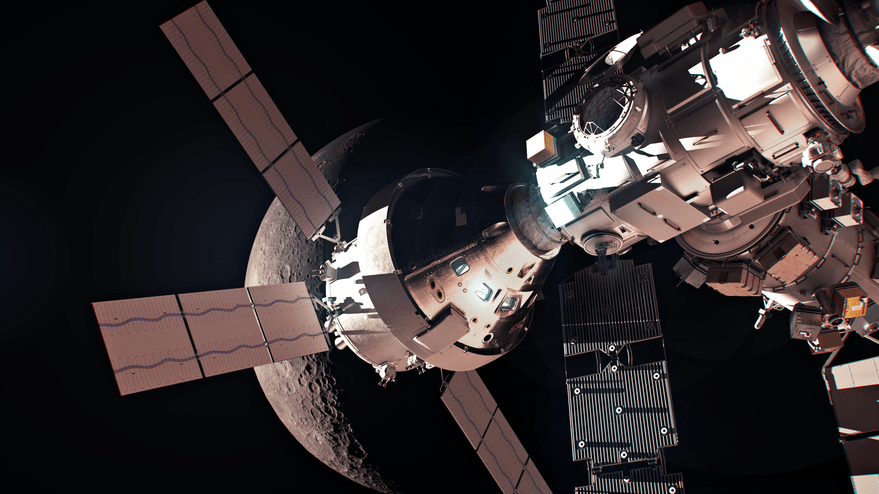SAN FRANCISCO – NASA is preparing to roll out a significant update to its core Flight System (cFS), the reusable software the agency has relied on for 20 years.A government-only version of NASA cFS with enhanced security, artificial intelligence, robotics support and autonomy features will be released in mid-2025 for space agency programs. Companies working on NASA instruments, payloads, rovers, landers, balloons and unpiloted aircraft will have access to the government-only version. An update to the open-source version of cFS, the software framework underpinning more than 40 projects from small satellites to NASA Artemis, lunar Gateway, Mars Sample Return and Roman Space Telescope, will be available soon after the government version is released. NASA cFS, “the most popular flight software framework in the globe,” has changed little in recent years, Ashok Prajapati, cFS program manager at the NASA Goddard Space Flight Center, told SpaceNews. As a result, programmers often added features to suit their missions.“The downside of that was mainstream cFS was not getting all those cool features,” Prajapati said. “We will save a lot of money and schedule time by implementing new features that multiple missions, going in parallel, need.”Three-Year RoadmapAfter Prajapati, who earned a PhD in computer and electrical engineering from Michigan’s Oakland University, became the NASA cFS program manager in 2024, he formed a NASA cFS steering committee.The steering committee, with representatives from NASA headquarters and the space agency’s 10 field centers, created a three-year roadmap for NASA cFS 2.0 “with rich features” to support all future missions, Prajapati said. “We came together to work on it, so that we are not duplicating efforts.”NASA cFS 2.0 will offer plug-and-play capabilities for in-space robotics, cybersecurity, distributed computing, spacecraft autonomy and onboard machine learning.Each new cFS feature will go through a rigorous simulation and testing process before release. After release, the NASA cFS program office will solicit feedback from users.“People should use NASA cFS because it comes with 20 years of heritage,” “You save about 70 percent of the cost versus starting with your own software and 95 percent of the defects.”In addition, Prajapati is working with representatives from other NASA centers on integrating High Performance Space Computing (HPSC) and cFS. HPSC focuses on next-generation flight computing to support multicore processing, artificial intelligence and machine learning, autonomy, high-speed data transfer, robust computing power, time-sensitive networks and chip-based cybersecurity.
By Tyler Mitchell
Tyler is a renowned journalist with years of experience covering a wide range of topics including politics, entertainment, and technology. His insightful analysis and compelling storytelling have made him a trusted source for breaking news and expert commentary.
